THE Klang Valley housing market is showing signs of slowing down and is expected to be sluggish going into the new year. However, it will remain stable, says Nabeel Hussain, CB Richard Ellis Malaysia's vice-president of research and consultancy, when presenting the 3Q2012 The Edge/CB Richard Ellis Klang Valley Housing Property Monitor.
"The residential property market appears to have stabilised after growing strongly over the past few years, although prices in some locations continue to rise off the back of sustained demand," he points out.
He says it is difficult to put a finger on how the property market will perform in 4Q2012 going into 2013, but sees stability. "We expect the market to stabilise as the number of transactions slows down and buyers become more selective, given the increased difficulty in obtaining mortgage financing.
"Government data suggests residential property transactions declined after financing became an issue. Loans approved as a percentage of loans applied for stood at just 48% over the last eight months, the lowest since 2008.
"We may see a flurry of activity just before and after the general election, which has to be held by April next year, but global economic conditions, which remain uncertain, could have an impact, especially if exports to major Western nations continue to be weak."
Be that as it may, newly launched projects continue to be well received, especially units priced at or below RM1 million, which has become a benchmark of sorts of buyer affordability.
"There remain basic structural issues, primarily the supply and demand imbalance, in the luxury high-rise market, especially in mature areas. Nevertheless, a few projects, including branded residences such as Banyan Tree Signatures, have sold extremely well because of such reasons as the units being smaller, the brand, being a luxury product, being professionally managed and the location."
Meanwhile, reports have said the third round of quantitative easing (QE3) in the US will see "hot" money from there flooding Asia. But Nabeel does not see this affecting the local market.
"We don't view QE3 as a significant issue because demand in the Malaysian market is primarily local and the returns on Malaysian residential properties are typically not as attractive as those in distressed economies," he explains. "The increase in the real property gains tax from 10% to 15% may also be a factor, especially when you consider that foreigners can only purchase properties priced above RM500,000. As a result, the so-called hot money is more likely to flow into high-yield liquid assets than Malaysian residential properties."
Nabeel also does not see the local general election affecting the decision-making of homebuyers and investors.
"Government policy can have a significant impact on the property market, but at this time, it is difficult to predict the effects of the election. The decline in property transactions would suggest that some buyers are already being cautious, but this may also be due to concerns about the global and Malaysian economies," he says.
1-storey terraced houses
The 3Q2012 housing monitor shows the prices of 1-storey terraced houses in most of the areas surveyed remained unchanged from 2Q. "Quarterly price growth is not only a factor of demand, but also available supply. Supply in some of the areas, such as Taman Tun Dr Ismail's (TTDI) Openg and Aminuddin Baki and Bangsar Park in Bangsar, is limited. Prices here are already high, which means increases would be few and far between. Other areas, such as Puchong Perdana, are old. Changes in preference may also be a factor with some of the younger generation opting for more centrally located high-rises than 1-storey terraced properties," says Nabeel.
Year on year, the prices of 1-storey terraced houses show steady growth with those in Puchong's Bandar Kinrara, Bangsar Park, TTDI's Burhanuddin Helmi and Bandar Sri Damansara posting double-digit growth of 20% to 36%.
"These areas have limited supply because they are mature residential neighbourhoods that are popular. So few units are available for rent or sale," Nabeel explains. "In fact, the supply of new 1-storey terraced houses is negligible outside peripheral locations such as Ijok, Selangor, and Sungai Merap, Bangi."
2-storey terraced houses
The prices of 2-storey terraced houses in such places as TTDI's Athinahapan and Bangsar Baru showed no growth quarter on quarter (unchanged since 4Q2011).
"Demand for 2-storey terraced houses remains healthy, but a lot depends on the location, surrounding developments and asking prices," says Nabeel.
According to the housing monitor, such properties in all the areas sampled posted y-o-y price growth with Puchong properties achieving 30% overall. Q-o-q, price growth in Puchong was a modest 4%.
"As the prices in central urban areas have risen continuously over the past few years, slightly decentralised areas with good infrastructure, retail offerings and facilities, such as Puchong, have become more popular. We also believe this area will benefit from the proposed extension of the light rail transit lines," says Nabeel.
In Bangsar Baru, the prices of 2-storey terraced homes saw y-o-y growth of only 3.85% (unchanged q-o-q). Nabeel says the high prices here have shrunk the pool of potential buyers.
"Additionally, the residents of [Bangsar] are affluent, so there is little pressure for homeowners to sell or even upgrade to more desirable areas. Bangsar also offers good quality of life and a variety of facilities, amenities and retail and other attractions, resulting in few units becoming available for sale."
High-rises
High-rise residential properties sampled by the monitor show moderate growth from the previous quarter, although Sri Putramas 1 in Jalan Kuching registered 12.5%. "Despite periodic traffic congestion in the area, Sri Putramas is in a strategic location by virtue of the easy access to it via Jalan Kuching and Jalan Datamas 2," says Nabeel, adding that the units here are affordable at around RM350 to RM400 psf.
Y-o-y, only the KLCC area did not enjoy any price growth. According to the monitor, growth was -9.09% at Marc Service Residence, zero at Parkview Service Apartment and -12% at Stonor Park. "Generally, the KLCC market remains oversupplied, especially where the older developments with large units are concerned," Nabeel says. "Local demand for this type of product is small. Luxury city-centre projects that have sold well, such as Pavilion Residences or Banyan Tree Signatures, have unique selling points such as location, professional management, prestige, brand and smaller units.
"Our research indicates that about 75% to 80% of purchasers of luxury condos in this country are Malaysians. And the majority of them find better value in terms of rental yield and capital appreciation in properties located away from KLCC."
A quick scan of the monitor reveals that high-rise properties in suburbs like Sri Hartamas, USJ and Bandar Sri Damansara enjoyed equal, if not better, y-o-y price growth than those in traditionally popular areas like Mont'Kiara.
"These locations are quite popular with the locals, many of whom view the Mont'Kiara neighbourhood as being too densely built and having heavy traffic congestion. Sri Hartamas is primarily low-rise with easier access to the SPRINT Highway than Mont'Kiara. Also, there is speculation that it will be served by the proposed MRT Line 2 or Circle Line as well.
"USJ in Subang is a new growth area with good facilities and amenities, but somewhat removed from city congestion, and there is a proposed LRT extension to the area. Sri Damansara is also a new growth area with limited supply of high-rise residential units. Furthermore, all these locations still offer affordable units, especially some of the older developments."
Areas with potential
Investors and homebuyers should look out for potential landed residential investments in Puchong and Shah Alam, says Nabeel.
"Given the sprawling nature of the Klang Valley and the reliance of KLites on their cars, we continue to be positive about areas along the new highways and infrastructure projects, such as the proposed LRT extension. These include parts of Puchong, new growth areas in Shah Alam like Denai Alam, Kota Kemuning, Alam Impian, Bandar Rimbayu, Puncak Alam and Bukit Jelutong as well as Cheras, Kajang and Semenyih.
"Popular high-rise residential locations, which offer an attractive combination of affordability and proximity to the city centre, include those in the fringes such as Setapak, Wangsa Maju, Taman Desa, Jalan Kelang Lama, Ampang and Kuchai Lama."
This story first appeared in The Edge weekly edition of Nov 12-18, 2012.
TOP PICKS BY EDGEPROP

Seksyen 8, Kota Damansara
Kota Damansara, Selangor
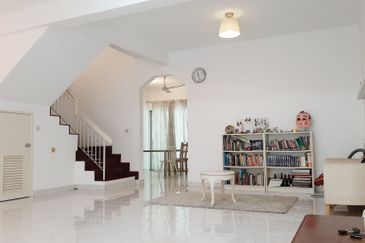
Seksyen 5, Kota Damansara
Kota Damansara, Selangor
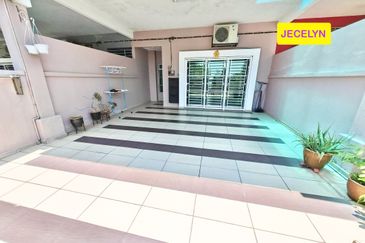
Jalan SP 8 @ Bandar Saujana Putra
Jenjarom, Selangor
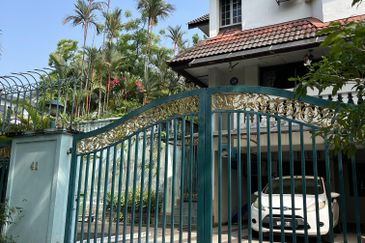
Gasing Indah
Jalan Klang Lama (Old Klang Road), Kuala Lumpur

TAMAN LEKIR INDAH (P/L 3081&3082)
Manjung, Perak


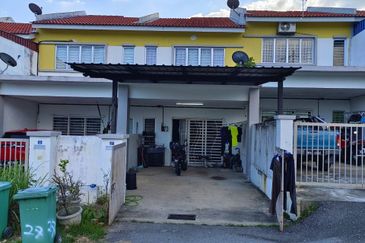
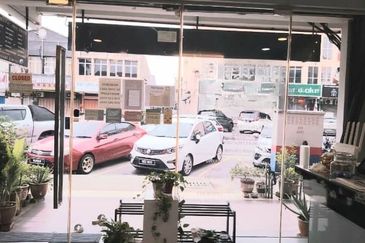
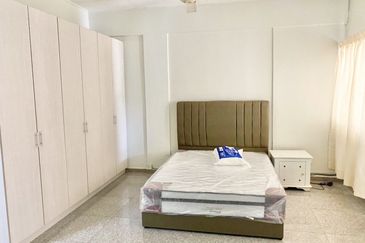

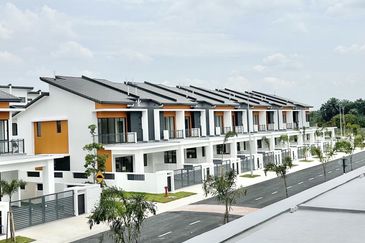
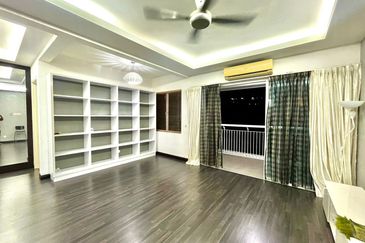
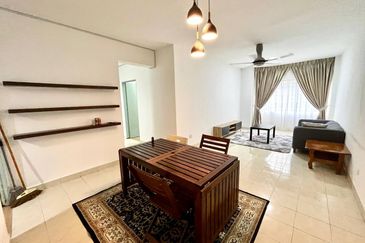

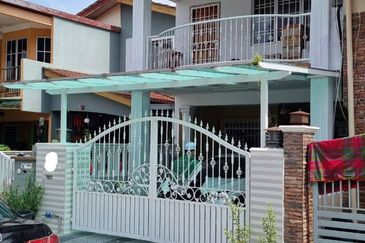

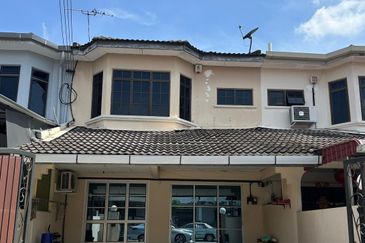
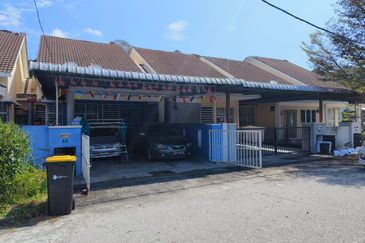
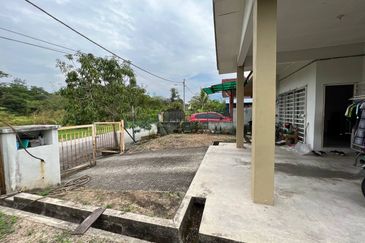
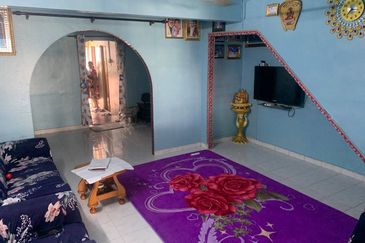
hero.jpg?GPem8xdIFjEDnmfAHjnS.4wbzvW8BrWw)



